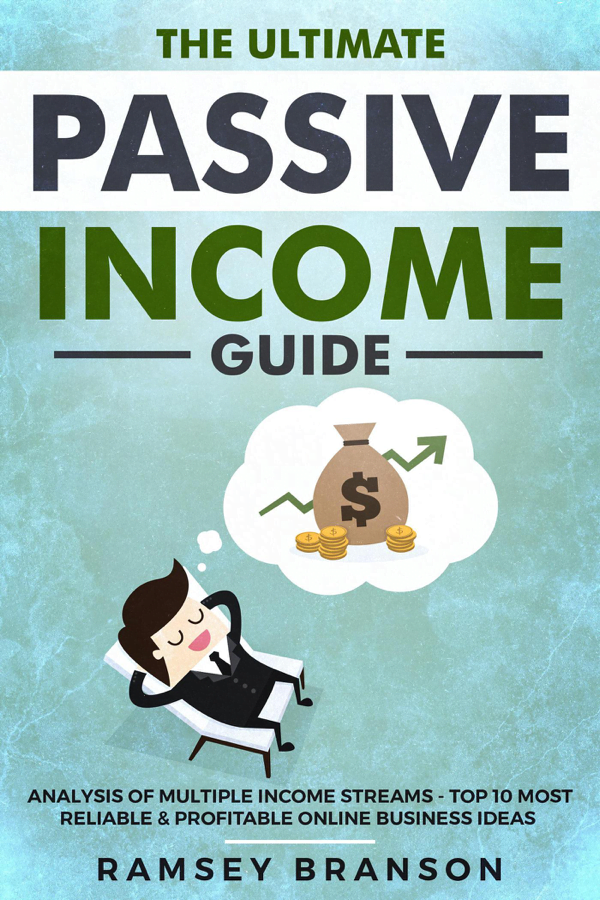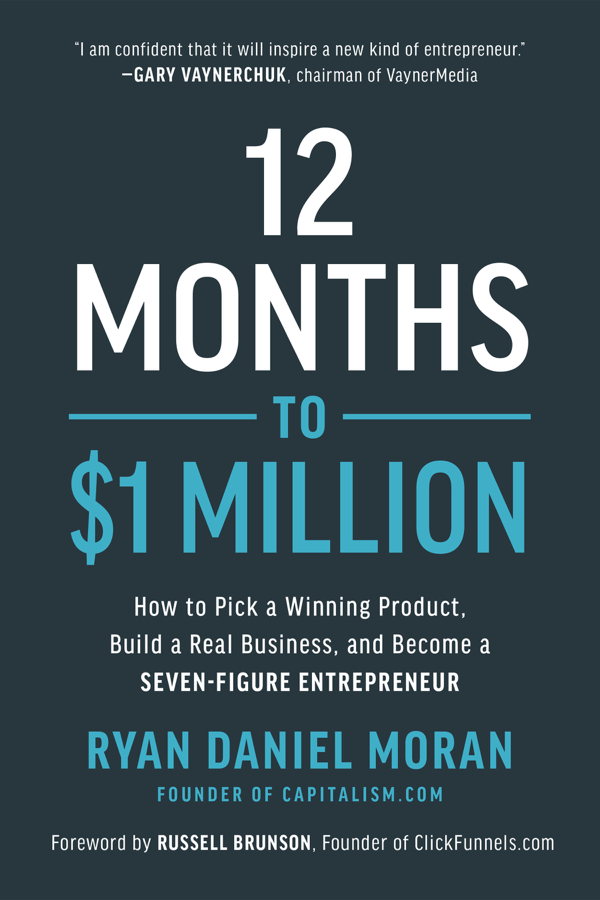
Steps to Create and Publish an eBook for Profit
In today’s digital age, the opportunity to create and publish an eBook has never been more accessible—or more lucrative. With self-publishing platforms and digital tools at your fingertips, anyone with a valuable idea or knowledge to share can turn their thoughts into a profitable product. However, writing an eBook and earning an income from it requires more than just stringing words together. It involves strategic planning, marketing, and understanding the nuances of the digital marketplace.
Whether you’re an aspiring author or an entrepreneur looking to leverage the power of digital content, this guide will walk you through the essential steps to not only create a compelling eBook but also successfully publish it to generate income. From picking the right topic and understanding your audience to designing, marketing, and tracking your sales, you’ll learn everything needed to turn your eBook into a sustainable source of revenue.
So, if you’ve ever dreamed of writing an eBook and using it to build a business, now’s the time to take action. Let’s dive in and discover the exact steps you need to create and publish your eBook—and start making money from it.
Here’s a comprehensive guide to help you navigate the process successfully:
1. Choose a Profitable Niche and Topic
a. Identify Your Interests and Expertise
- Passion & Knowledge: Select a subject you’re passionate about and knowledgeable in. This ensures sustained motivation and authority on the topic.
b. Conduct Market Research
- Analyze Demand: Use tools like Google Trends, Amazon Best Sellers, and keyword research tools to identify what readers are searching for.
- Assess Competition: Examine existing eBooks in your chosen niche. Identify gaps or areas where you can provide unique value.
c. Define Your Target Audience
- Demographics & Interests: Understand who your readers are, their age, gender, interests, and pain points.
- Problem-Solving: Ensure your eBook addresses a specific problem or need of your target audience.
2. Plan and Outline Your eBook
a. Define the Purpose and Goals
- Objective: Clarify what you want to achieve with your eBook (e.g., educate, entertain, solve a problem).
b. Create a Detailed Outline
- Structure: Break down your content into chapters and sections.
- Flow: Ensure a logical progression of ideas, making it easy for readers to follow.
c. Set a Writing Schedule
- Timeline: Allocate specific time slots for writing to stay consistent.
- Milestones: Set achievable goals (e.g., chapters per week) to track progress.
3. Write the eBook
a. Develop Your Content
- Engaging Writing Style: Use a tone that resonates with your audience—be it conversational, formal, or instructional.
- Value-Driven: Provide actionable insights, tips, and valuable information that benefits the reader.
b. Maintain Clarity and Readability
- Simple Language: Avoid jargon unless necessary, and explain complex concepts clearly.
- Formatting: Use headings, subheadings, bullet points, and short paragraphs to enhance readability.
c. Incorporate Visuals (if applicable)
- Images & Graphics: Use relevant visuals to illustrate points and break up text.
- Consistency: Ensure visuals align with your eBook’s design and theme.
4. Edit and Proofread
a. Self-Editing
- Content Review: Ensure the content is coherent, accurate, and free from redundancies.
- Flow & Structure: Verify that each chapter transitions smoothly to the next.
b. Professional Editing
- Hire an Editor: Consider hiring a professional editor to polish your manuscript, fix grammatical errors, and improve overall quality.
c. Proofreading
- Final Check: Conduct a thorough proofread to catch any lingering typos or mistakes.
5. Design and Format Your eBook
a. Cover Design
- Professional Look: Invest in a high-quality, eye-catching cover that reflects your eBook’s content.
- Tools & Resources: Use platforms like Canva, and Adobe Spark, or hire a graphic designer.
b. Interior Formatting
- Consistency: Maintain uniform fonts, margins, and spacing throughout.
- eBook Formats: Convert your manuscript into popular formats like EPUB, MOBI, and PDF using tools like Calibre or Scrivener.
c. Table of Contents and Navigation
- User-Friendly: Include a clickable table of contents for easy navigation, especially for digital readers.
6. Obtain Necessary Legalities
a. Copyright Your Work
- Protection: Ensure your eBook is protected against unauthorized use.
- Registration: Depending on your location, register your copyright for added legal protection.
b. ISBN (Optional)
- Identification: An International Standard Book Number (ISBN) can help with distribution and cataloging, though it’s not always required for eBooks.
c. Permissions and Citations
- Crediting Sources: Properly cite any external content, images, or references used in your eBook to avoid plagiarism issues.
7. Choose a Publishing Platform
a. Self-Publishing Platforms
- Amazon Kindle Direct Publishing (KDP): The most popular platform with a vast audience.
- Others: Consider platforms like Apple Books, Barnes & Noble Press, Kobo Writing Life, and Google Play Books.
b. Aggregators
- Multi-Platform Distribution: Use services like Draft2Digital, Smashwords, or IngramSpark to distribute your eBook across multiple platforms simultaneously.
c. Your Website
- Direct Sales: Sell your eBook directly through your website using e-commerce plugins like WooCommerce or Shopify.
8. Set Pricing and Royalties
a. Competitive Pricing
- Market Analysis: Research similar eBooks in your niche to determine a competitive price point.
- Value-Based Pricing: Consider the value you’re providing and price accordingly.
b. Royalty Options
- Platform Policies: Understand the royalty structures of your chosen platforms (e.g., Amazon KDP offers up to 70% royalties under certain conditions).
c. Promotions and Discounts
- Launch Strategies: Offer limited-time discounts or free promotions to boost visibility and attract initial readers.
9. Market and Promote Your eBook
a. Build an Online Presence
- Website/Blog: Create a dedicated site or blog to showcase your eBook and share related content.
- Social Media: Utilize platforms like Facebook, Twitter, Instagram, LinkedIn, and Pinterest to reach your audience.
b. Email Marketing
- Build a List: Collect email addresses through your website or lead magnets.
- Engage Subscribers: Send newsletters, updates, and promotional offers to your subscribers.
c. Leverage Influencers and Reviews
- Collaborations: Partner with influencers or bloggers in your niche to promote your eBook.
- Gather Reviews: Encourage readers to leave honest reviews on platforms like Amazon, Goodreads, and your website to build credibility.
d. Content Marketing
- Guest Blogging: Write articles for other websites or blogs to increase visibility.
- SEO Optimization: Optimize your content for search engines to attract organic traffic.
e. Paid Advertising
- Ad Campaigns: Use platforms like Amazon Ads, Facebook Ads, Google Ads, or Goodreads Ads to reach a broader audience.
- Budget Management: Start with a modest budget and scale up based on the performance of your ads.
10. Monitor, Analyze, and Optimize
a. Track Sales and Metrics
- Analytics Tools: Use the analytics provided by publishing platforms to monitor sales, downloads, and reader engagement.
- Website Analytics: If selling through your website, tools like Google Analytics can provide deeper insights.
b. Gather Feedback
- Reader Input: Pay attention to reviews and direct feedback to understand what readers like or want improved.
c. Continuous Improvement
- Update Content: Periodically update your eBook to keep it relevant and accurate.
- Expand Marketing Efforts: Experiment with new marketing strategies based on what works best for your audience.
Additional Tips for Success
- Build an Author Brand: Establish yourself as an authority in your niche through consistent content creation and engagement.
- Network with Other Authors: Join writing communities, attend webinars, and participate in forums to learn and collaborate.
- Diversify Income Streams: Consider creating products like audiobooks, courses, or merchandise to complement your eBook.
Resources to Assist You
- Writing Tools: Scrivener, Google Docs, Microsoft Word
- Editing Services: Grammarly, ProWritingAid, Fiverr (for hiring editors)
- Design Tools: Canva, Adobe InDesign, BookBrush
- Publishing Platforms: Amazon KDP, Apple Books for Authors, Smashwords
- Marketing Tools: Mailchimp (email marketing), Hootsuite (social media management), Google Analytics
By following these steps diligently and staying committed to producing quality content, you can successfully create and publish an eBook that provides value to readers and generates a steady income stream. Persistence and continuous learning are key to thriving in the competitive eBook market.















